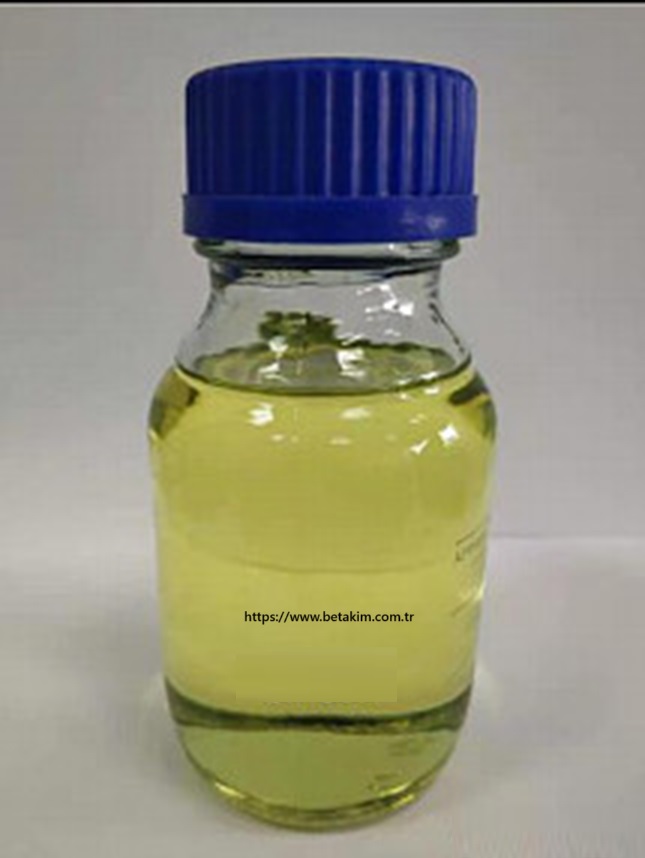We unleash your business potential by maximize the business innovation.
Send EmailPyruvic Acid, Ketopropanoic Acid, Pyruvate, Keto Propanoic Acid, Oxopropanoic Acid, 127-17-3
🧪 Chemical Identity & Synonyms
| Attribute | Description |
|---|---|
| Chemical Name | Pyruvic Acid |
| Synonyms | Pyruvate, 2-Oxopropanoic Acid, Ketopropanoic Acid, Acetylformic Acid |
| Molecular Formula | C₃H₄O₃ |
| Structure | Contains both a ketone and a carboxylic acid group |
| Physical Form | Slightly yellow liquid with acetic acid-like odor |
| Storage | 5–10°C, tightly sealed, protected from light and air |
⚙️ Production Methods
1. Chemical Synthesis
-
Involves oxidation of tartaric or lactic acid derivatives.
-
Low yield and high degradation risk due to polymerization.
-
Not preferred for high-purity or pharmaceutical-grade applications.
2. Biotechnological Fermentation
-
Uses E. coli, Candida glabrata, Saccharomyces cerevisiae.
-
Glucose or glycerol as substrate; yields up to 135 g/L.
-
Environmentally friendly and scalable.
-
Requires strain engineering to suppress pyruvate-consuming enzymes2.
🧴 Applications by Sector
| Sector | Use Case |
|---|---|
| Pharmaceutical | Precursor for L-DOPA, sialic acid, levodopa; antioxidant and metabolic support |
| Food & Nutrition | Flavor enhancer, low-calorie additive, sports supplements for fat metabolism |
| Cosmetics | Chemical peels, anti-aging formulations, skin renewal agents |
| Agriculture | Plant growth regulator, microbial stimulant |
| Industrial | Polymer precursor, specialty chemical synthesis, catalyst carrier |
🔄 Alternatives & Substitutes
| Alternative | Comparison |
|---|---|
| Lactic Acid | Cheaper, widely used in food/cosmetics; lacks keto functionality |
| Acetic Acid | Common solvent and pH regulator; not a metabolic intermediate |
| Alpha-Ketoglutaric Acid | Used in amino acid metabolism; more expensive and niche |
⚠️ Degradation & Stability
| Risk Factor | Description |
|---|---|
| Polymerization | Self-reacts at high concentration or temperature |
| Thermal Decomposition | Produces acetaldehyde, acetic acid, CO₂ at >127°C |
| Hydration in Water | Forms gem-diol; unstable over time especially at neutral pH |
| Oxidation | Sensitive to air and light; requires inert atmosphere for long-term storage |
🚚 Transport & Storage Conditions
| Parameter | Specification |
|---|---|
| UN Number | UN 3265 – Corrosive liquid, organic |
| Hazard Class | Class 8 – Corrosive |
| Packaging | HDPE or stainless steel drums; 200 kg typical |
| Storage | 4–10°C, sealed, light-protected, preferably under nitrogen |
| Shelf Life | 6–12 months depending on purity and packaging |
🧠 Biochemical Role
-
Central metabolite in glycolysis and TCA cycle.
-
Converts to acetyl-CoA, alanine, lactate depending on cellular conditions.
-
Used in metabolic engineering to produce non-native compounds like butanol, propionate, and amino acids
General Information
Pyruvic acid is an alpha-keto acid with the chemical formula C₃H₄O₃. It plays a crucial role in cellular metabolism, particularly in glycolysis and the Krebs cycle. It is widely used in biochemical research, pharmaceuticals, cosmetics, and food applications.
Chemical & Physical Properties
-
Chemical Formula: C₃H₄O₃
-
CAS Number: 127-17-3
-
Molecular Weight: 88.06 g/mol
-
Density: 1.267 g/mL at 25°C
-
Melting Point: 11-12°C
-
Boiling Point: 165°C
-
Solubility: Miscible with water, alcohol, chloroform, and diethyl ether
-
pKa: 2.39 at 25°C
-
Flash Point: 183°F (84°C, closed cup)
-
Stability: Stable but combustible; incompatible with strong oxidizing agents and bases
Uses & Applications
-
Biochemical Research: Used in metabolic studies and enzyme reactions.
-
Pharmaceuticals: Acts as a diagnostic agent for Parkinson’s disease and has antioxidant properties.
-
Food Industry: Approved by the FDA (21 CFR 172.515) for use in food.
-
Cosmetics: Used in skin exfoliation and anti-aging formulations.
-
Industrial Applications: Serves as an intermediate in organic synthesis.
Other Names
-
2-Oxopropanoic acid (IUPAC name)
-
Alpha-ketopropionic acid
-
Ketopropanoic acid
-
Pyruvate (salt and ester forms)
Pyruvic acid is a key metabolic compound with diverse applications across science, medicine, and industry.
